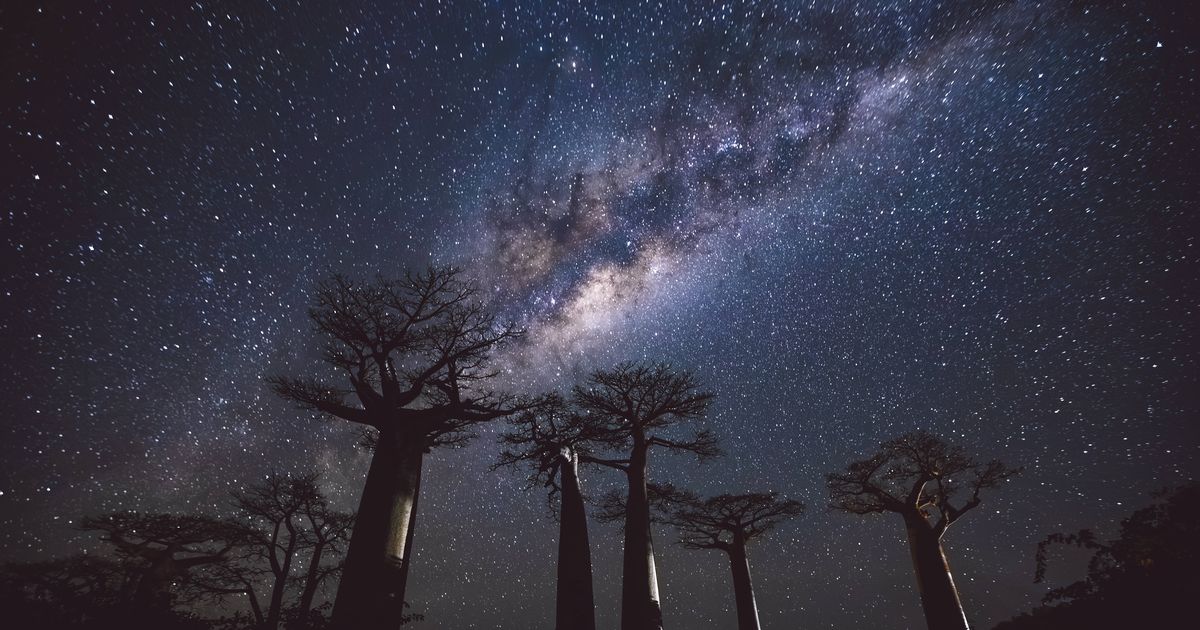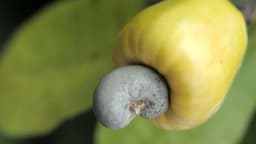Home / Environment / Madagascar: The Lost World of Unique Life
Madagascar: The Lost World of Unique Life
19 Nov
Summary
- Madagascar's isolation created unique species, 90% endemic.
- Home to lemurs, chameleons, and unique baobab trees.
- Island separated from India 88 million years ago.

Madagascar, an island isolated for millions of years, is a testament to unique evolutionary paths, with an estimated 90% of its flora and fauna found nowhere else on Earth. This extraordinary biodiversity includes nearly 100 lemur species, diverse chameleons, and six out of the world's nine baobab species, set against a backdrop of varied ecosystems.
The island's geological history, including its separation from the ancient supercontinent Gondwana around 88 million years ago, is key to its biological distinctiveness. This long period of isolation, with minimal exchange with mainland species, allowed for the independent evolution of its unique life forms, from the charismatic lemurs to the striking baobab trees.
This unparalleled natural heritage is spread across diverse landscapes, from humid eastern rainforests to drier western and southern regions featuring spiny deserts and limestone formations. While travel to Madagascar often requires connecting flights, its unique wildlife and dramatic scenery offer an unforgettable experience for visitors.




